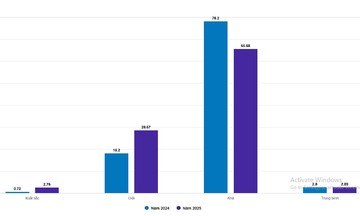Quang Nguyen
English pronunciation can be tricky, especially for sounds that seem similar. One common area of confusion is differentiating between "and," "in," and words ending with "ing." These short words play a crucial role in sentence structure, and mispronouncing them can lead to misunderstandings. This article, by Quang Nguyen, will explain how to distinguish between these words in spoken English.
The key to clear pronunciation lies in vowel sounds and the final consonant. "And" uses a short 'a' sound, like in "apple," and ends with a soft 'd' sound. "In" also uses a short 'i' sound, as in "it," and ends with a soft 'n' sound. Words ending in "ing," however, have a longer 'i' sound, similar to "ee" in "see," and a distinct 'ng' sound at the end, as in "sing."
Context and sentence stress also play a significant role. "And" typically connects two or more words or phrases, receiving less emphasis. "In" usually precedes a noun indicating location or time, and its stress depends on the sentence's overall meaning. Words with "ing" often function as verbs or adjectives, and their stress varies according to their grammatical role. For instance, in "I am going swimming," "swimming" receives more stress as the main action. However, in "The swimming pool is closed," "swimming" has less emphasis, modifying "pool."
Practicing with clear examples can help solidify these distinctions. Try saying: "I am going to the store and buying milk." Notice the softer pronunciation of "and." Then, compare it with: "The milk is in the refrigerator." Here, "in" has a slightly stronger pronunciation. Finally, practice a sentence like: "I am drinking water." The "ing" in "drinking" requires a longer vowel and the distinct 'ng' sound.
By paying attention to vowel sounds, final consonants, and the context of the sentence, you can improve your pronunciation and ensure that your spoken English is clear and easy to understand. Consistent practice and listening to native speakers will further refine your skills and help you master these subtle but important distinctions.












